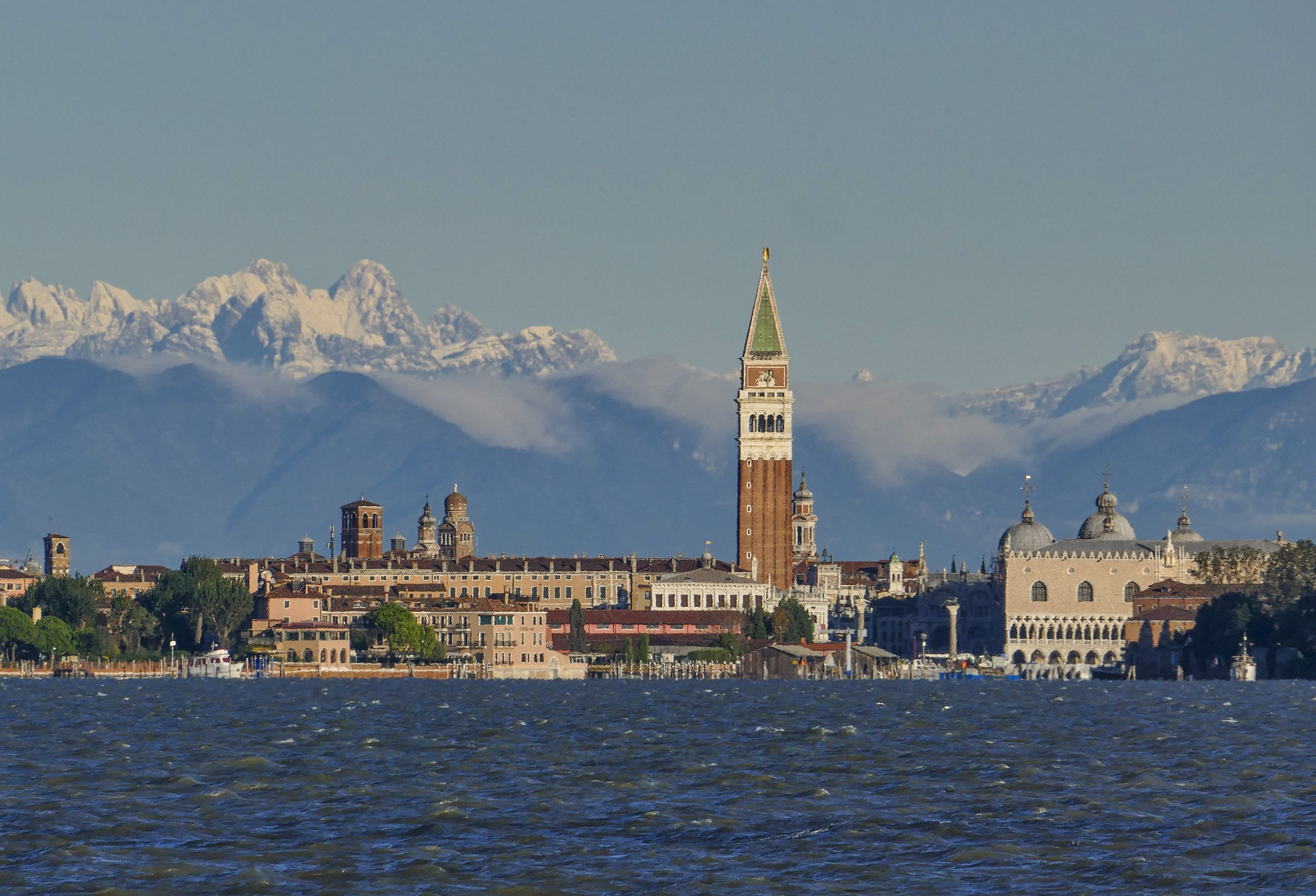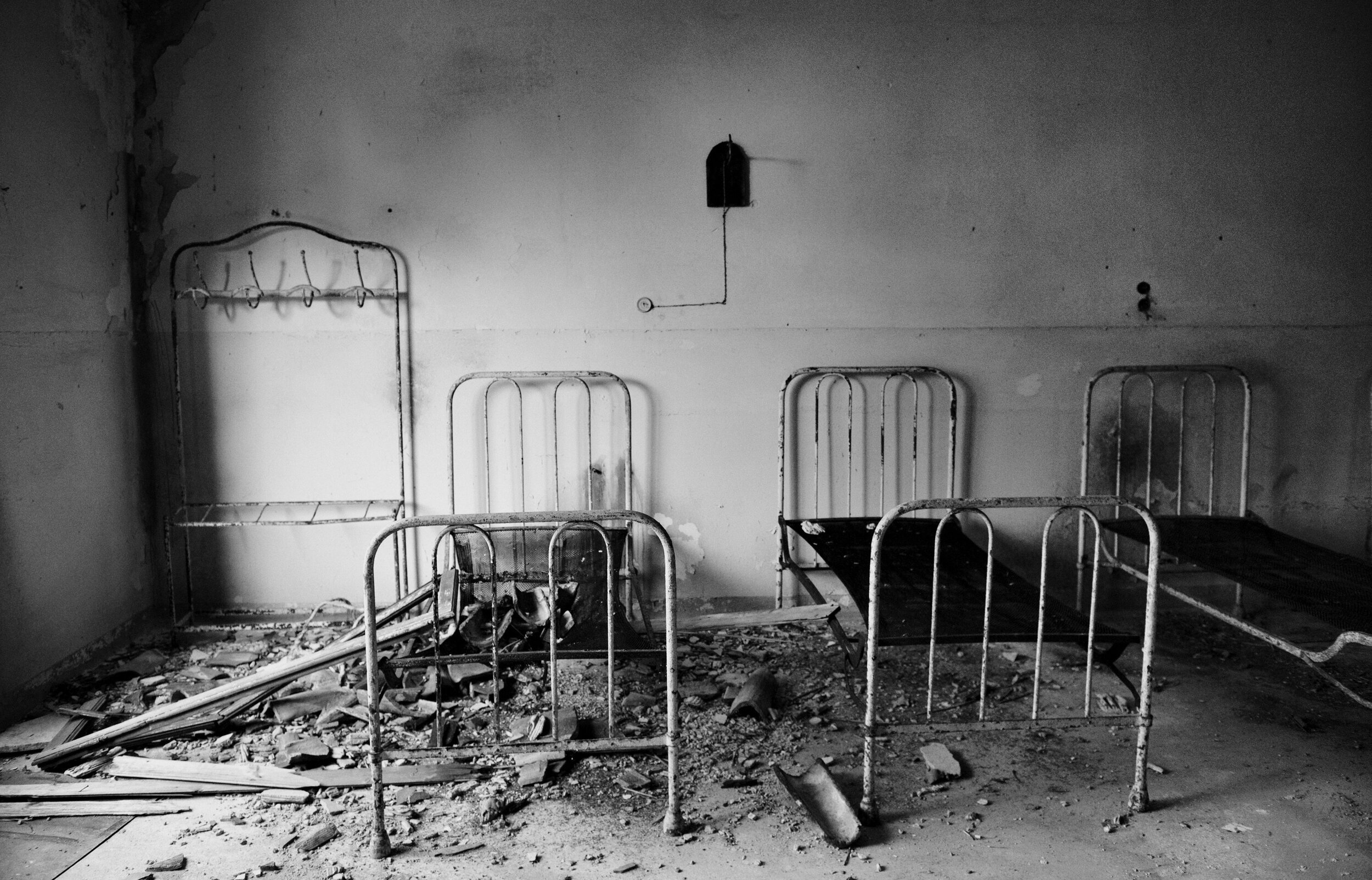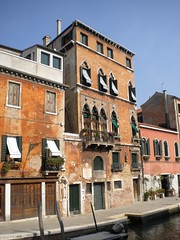Capturing the Essence: A Venice Photographer's Guide
/Venice, a city of timeless beauty and mystery, offers an endless canvas for photographers. From the serene canals at dawn to the vibrant streets at dusk, each moment in Venice presents a unique opportunity to capture something truly magical.
As a seasoned Venice photographer who has traversed these historic streets and waterways, I've gathered invaluable insights into photographing this enchanting city.
These will be some of the themes and insights I will share during my workshops.
Understanding Venice's Light
The play of light and shadow in narrow alleys and open piazzas.
Best times of day for photography in different seasons.
Iconic Locations & Hidden Gems
Rialto Bridge, St. Mark's Square: Capturing these famous sites from unique perspectives.
Discovering lesser-known but equally captivating spots, discover the real Venice of the Venetians
The Venetian Palette: Color and Texture
How to use Venice's rich colours and textures to add depth to your photos.
Tips for both colour and black and white photography.
Venice in Motion: Gondolas and Vaporetti
Techniques for capturing movement, from gondola rides to bustling markets.
Long exposures
Portraits of Venice: People and Culture
Ethical considerations and tips for street and portrait photography in Venice.
Capturing the human element amidst a historical backdrop.
Seasonal Variations: Festivals and Floods
Photographing events like Carnival and the acqua alta (high water).
Gear Recommendations
What to pack for different types of photography in Venice.
Advice on navigating the city with your equipment.
Post-Processing Tips
Enhancing your photos while retaining the natural beauty of Venice.
My workflow for editing Venice photography.
The Photographer's Mindset































